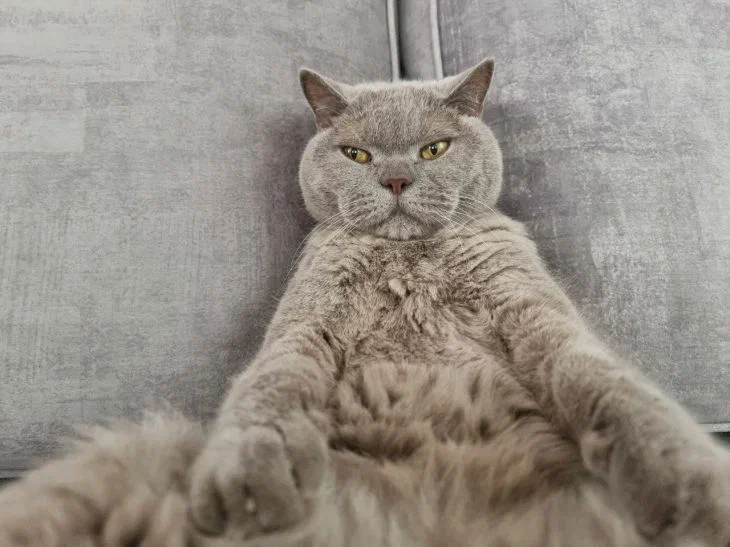Imagine: your child is playing with a cat, and a second later his hand is covered in scratches. This is not a coincidence, but a pattern for some breeds.
Veterinarians are sounding the alarm: popular "family" cats may be more dangerous than dogs.
Who are they - hidden aggressors ready to attack the baby?

Maine Coons look like gentle giants, but their size is already a threat.
These cats are not always aware of their strength: when playing, they can accidentally scratch a child, and they perceive sudden movements of children as a challenge.
Their hunting instinct is heightened at night: a sleeping baby with legs moving under the blanket can become a target for an “attack”.
Abyssinians are a hurricane in a cat's body. Their hyperactivity and intolerance to restrictions are a time bomb in families with children.
If a child tries to hold such a cat in his arms, it will start to struggle, bite and scratch.
Veterinarians attribute their aggression to genetic memory: the Abyssinians' ancestors lived in the wild, where any pressure meant death. These cats are not suitable for homes without quiet areas for privacy.
"Teddy" British cats hate noise and fuss. Children's laughter, attempts to carry them in arms or touch their paws cause them stress.
Reaction? Hissing, clawing, or face-biting.
Cat behavior experts say that British cats are more likely than other breeds to attack children because they perceive them as a source of danger rather than as members of the "pack."
